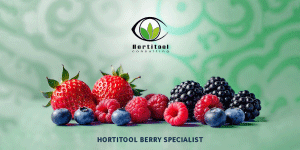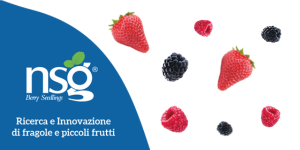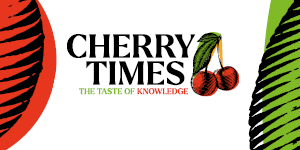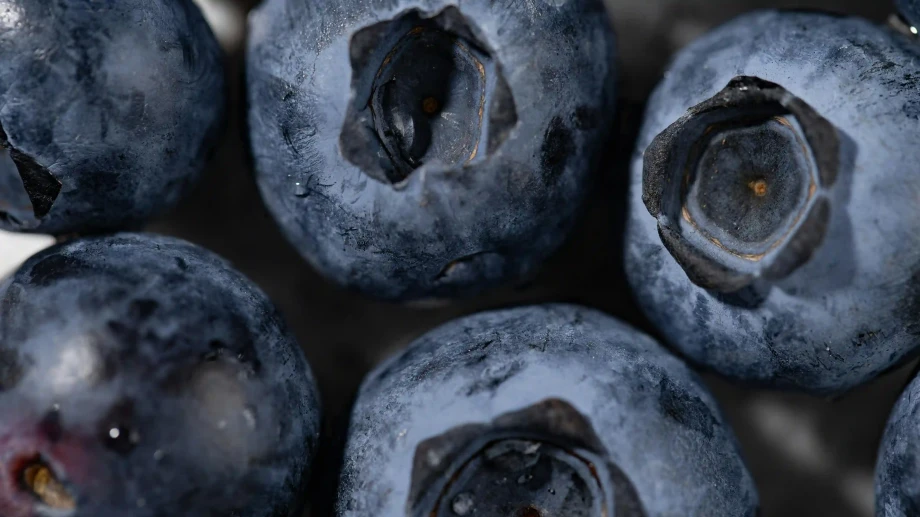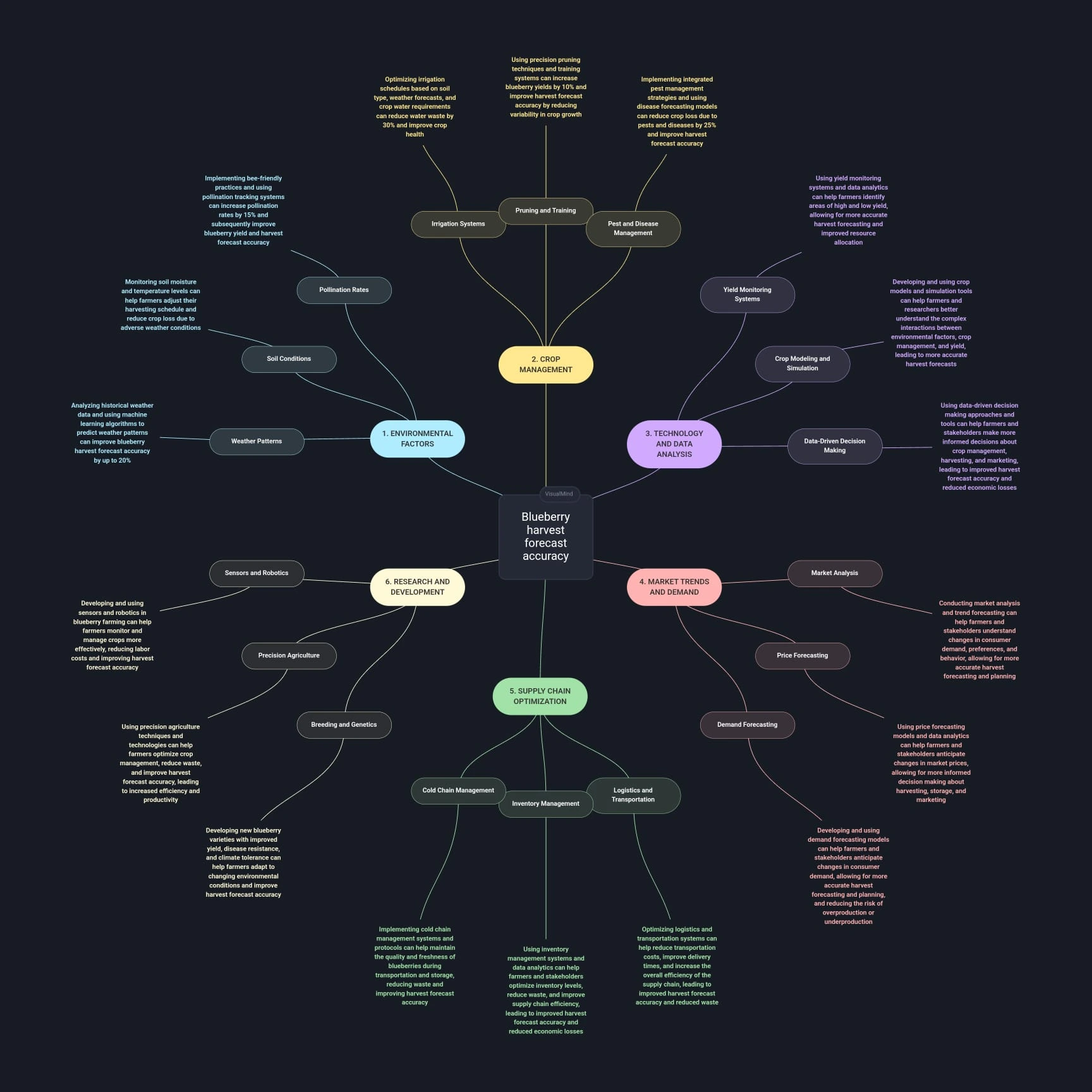Forecasting in blueberries, it's very important for nowadays farms to have the ability to predict how much production they can have for the following season.
However, this task can be somehow difficult to achieve in the most correct way. In terms of numbers and on a weekly basis. A lot of growers and expediters of fruit has the difficulty to achieve the number of kilos per week they normally would like to have for their own clients.
What interferes in forecasting?
- Environmental factors: weather patterns, soil conditions, pollinations rates
- Crop Management: irrigation Systems, pest & disease management, pruning and training
- Technology and Data Analysis: yield monitoring systems, crop modelling and simulation, data driven decision making.
- Market trend and demands: market analysis, price forecasting, demand forecasting
- Supply chain optimization: cold chain management, inventory management, logistics and transportation
- Research & Development: Sensors and Robotics, Precision Agriculture, Breeding and Genetics
*These factors are most often correlated, but their interaction has not yet been studied in depth
Source: Niedbała, G.; Kurek, J.; Swiderski, B.; Wojciechowski, T.; ´ Antoniuk, I.; Bobran, K. Prediction of Blueberry (Vaccinium corymbosum L.) Yield Based on Artificial Intelligence Methods. Agriculture 2022, 12, 2089. https://doi.org/10.3390/agriculture1212208
What is used normally on farm-based data?
Historical data from the farm is always useful but normally we consider the following:
- Plant age
- Number of flower buds
- Total number of flowers per flower bud. (Depends on the variety and location of production.)
- Pollination rates: more seen as Self-pollination rate (often found in patented varieties). New genetics has high rates of self-pollination
- Climate abiotic and biotic stresses: hail, frost, diseases, birds
- Total number of plants to count per ha and per variety
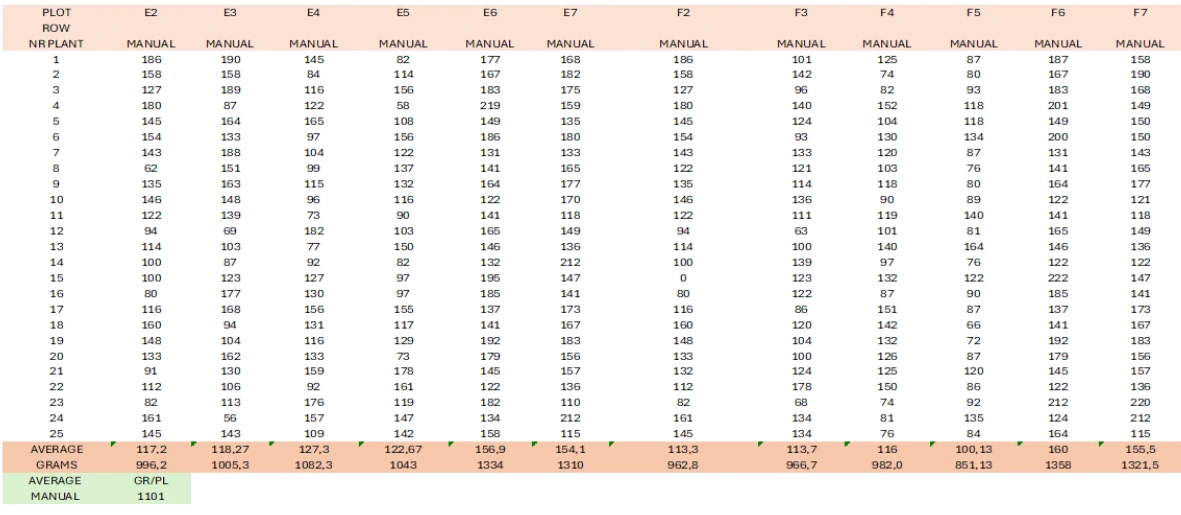 Figure 1: Duke variety forecast single counting in a dormant stage in winter time.
Figure 1: Duke variety forecast single counting in a dormant stage in winter time.
Example: Forecast using Duke variety
Figure 1: Duke variety forecast single counting in a dormant stage in winter time.
For the example shown was considered a plant sample 25 plants/ha (4166 plants/ha) where the yield is:
Yield = (Flower buds × number of flowers × average fruit weight (farm data) × self-pollination rate %) × (Abiotic & Biotic stress losses %)
After counting buds and do an average of bud counting, we can apply this formula and calculate the estimated yield for this hectare.
Yield (g) = (300 × 5 × 1.8g × 0.85) × 0.75 = 2295g × 0.75 = 1721.25g /plant
The size of the sample is a factor that a lot of growers has some claims on the model: the time consuming (costs), boredom work and how accurate can be this approach.
Other publications from blueberry organizations committees has used 1 to 3% of plants as a sample for this NHB types, which can range from 100 to 200 plants/ha as bigger sample and to be more accurate.
For SHB is more used 3 to 5 plants counting of buds, flowers, green fruits on a 15-day base to update harvest forecast, until you start harvesting. So this approach uses same variety in same farm, per different type of plant blocks.
Is visible that this approach is much more time consuming and with small sample leading to potential errors.
Can we use forecast models with AI-Machine learning?
Several companies are combining agronomy knowledge using GDD (growing degrees days) or GDH (growing degrees hours) where temperature accumulation units specific for each crop optimal growth, integrating crop temperature profiles with the use of cameras integrating machine learning into forecasting, using visual data (photograms) where they identify all organs and count their evolution.
Some examples of this companies are Yield Computer or Bitwise Agronomy.
 Figure 2. Yield Computer working scheme
Figure 2. Yield Computer working scheme
 Figure 3. Bitwise Agronomy Working frame
Figure 3. Bitwise Agronomy Working frame
We want to count more accurate. Where we are with R&D?
Today some projects led by universities from US and Poland as proposed by Niedbała et al (2022) are combining interaction of several factors some of them going to a total of 99 using AI assisted models.
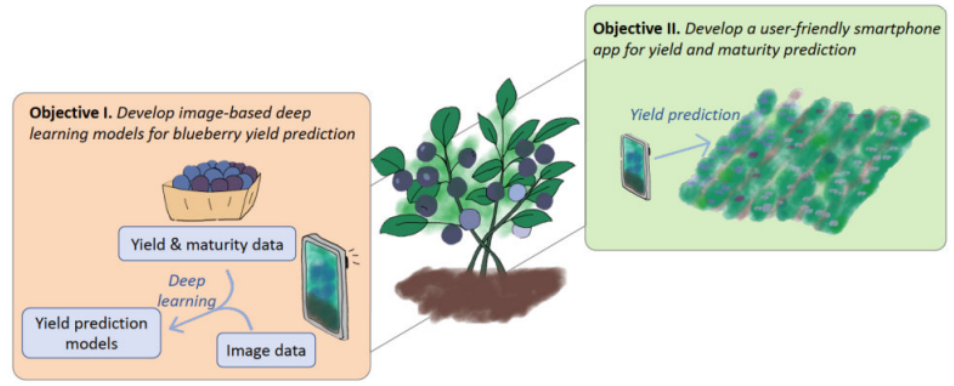
Figure 4. Schematic used on R&D in Small fruits grant project in US.
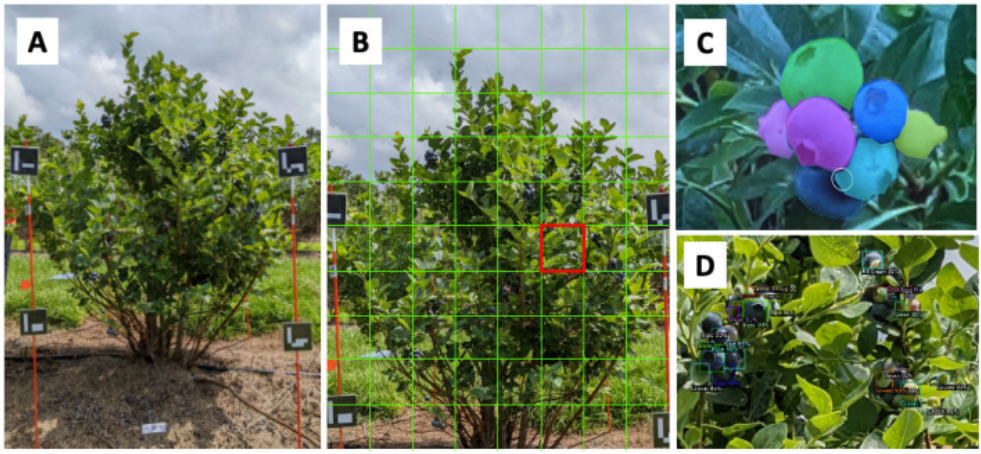 Fig 5: Preliminary results on image-based berry detection and yield prediction.
Fig 5: Preliminary results on image-based berry detection and yield prediction.
- (A) Model detected berry number as compared to annotated berry number captured in the image.
- (B) Predicted single plant yield (g) based on 360-degree-view images as compared to the measured yield of container-grown blueberries in the greenhouse.
- (C) Predicted per-plant yield (g) vs. measured per-plant yield (g) of field-grown blueberry plants. Yield was estimated as model-detected berry number × measured average berry weight (g).
Source: Southern Region Small Fruit Consortium Proposal Final Report – Title: Enabling high-throughput yield prediction for efficient blueberry production
 Figure 6. Preliminary results on image-based berry detection and yield prediction.
Figure 6. Preliminary results on image-based berry detection and yield prediction.
- (A) Model detected berry number as compared to annotated berry number captured in the image (R2 = 0.91).
- (B) Predicted single plant yield (g) based on 360-degree-view images as compared to the measured yield of container-grown blueberries in the greenhouse (R2 = 0.90).
- (C) Predicted per-plant yield (g) vs. measured per-plant yield (g) of field-grown blueberry plants (R2 = 0.59). Yield was estimated as model-detected berry number × measured average berry weight (g).
Where we go from here?
Yield data is critical for blueberry growers to optimize production and marketing strategies. Estimating blueberry yield before harvest, either based on a visual assessment or manual sampling, remains largely inaccurate.
If yield and maturity can be accurately predicted before harvest, growers will be better informed about harvest time, labour needs, and optimal marketing strategies (Swain et al. 2010).
More practical use of this tools on a large scale with cooperation of the tech companies, marketers and growers will be needed to show future developments.
Bibliographic references
1. Zaman, Q. & Swain, Kishore & Schumann, A. & Percival, David. (2010). Automated, Low-Cost Yield Mapping of Wild Blueberry Fruit. Applied engineering in agriculture. 26. 225-232. 10.13031/2013.29540.
2. Southern Region Small Fruit Consortium Proposal Final Report Title: Enabling high-throughput yield prediction for efficient blueberry production
3. Niedbała, G.; Kurek, J.; Swiderski, B.; Wojciechowski, T.; ´ Antoniuk, I.; Bobran, K. Prediction of Blueberry (Vaccinium corymbosum L.) Yield Based on Artificial Intelligence Methods. Agriculture 2022, 12, 2089. https://doi.org/10.3390/agriculture1212208
Jorge Duarte



